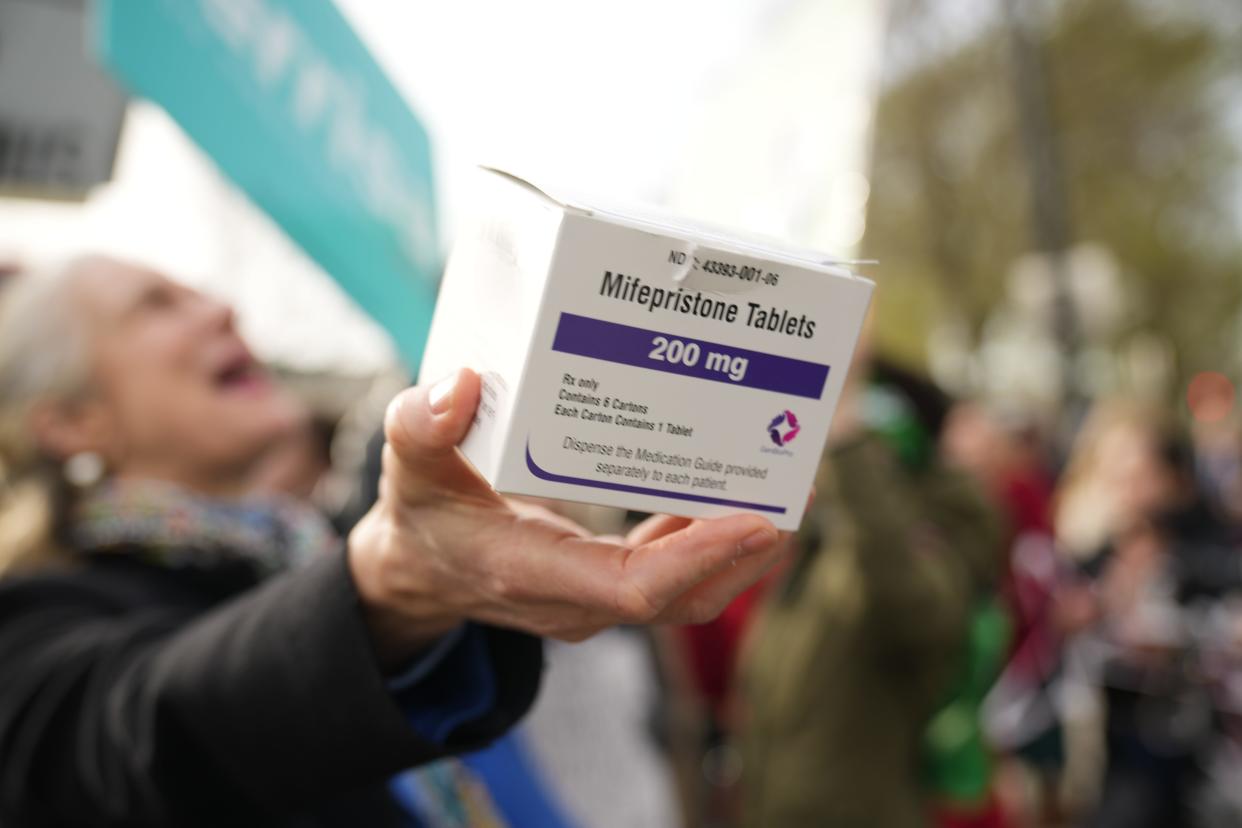As Supreme Court weighs abortion drug, a look at pill usage since Roe v. Wade

The Supreme Court is hearing arguments this week for a case determining access to the abortion drug mifepristone. The restriction of mifepristone could make it more difficult for millions of women to end a pregnancy in states where abortion is legal.
In 2023 – the year after the Supreme Court overturned Roe v. Wade – more than one million abortions occurred in the formal U.S. healthcare system, according to a report from the Guttmacher Institute, a research and policy organization that supports abortion rights. Of those abortions, 63% were done with medication.
Here's how the usage of abortion medication has changed in the past two decades:
Medication abortion increased the year after Roe v. Wade was overturned
Data from the Centers for Disease Control and Prevention (CDC) shows that medication abortions have steadily increased over the past two decades.
The most common medication abortion regimen in the U.S. involves two different medications: mifepristone and misoprostol. The two-drug regimen can be used up to the first 10 weeks of pregnancy, according to the FDA.
In 2001, a year after its approval, medication abortion accounted for 6% of all abortion procedures, according to Guttmacher Institute. Last year, 63% of abortions in the U.S. were medication abortions.
By 2016, more than 2.75 million women in the United States had used Mifeprex, a common brand name of Mifepristone, KFF reported.
Which states outlaw abortion medication?
Of the states where abortion is still legal, 12 have at least one restriction that requires one or more visits to the clinic, effectively banning telehealth for medication abortion.
Twenty-four states have no restrictions around abortion medication and do not require telehealth appointments to be prescribed the pills.
Abortions increase in legal states
Almost every state without an abortion ban saw an increase in the number of abortions in 2023, according to a report from Guttmacher Institute.
More than 160,000 people traveled out of state to have an abortion in 2023, more than double the number found in 2020, Isaac Maddow-Zimet, a data scientist at Guttmacher, recently told USA TODAY.
Sates that shared a border with those that have enacted abortion bans − including Illinois, New Mexico, Virginia and North Carolina − saw sharp increases, according to the report.
Contributing: N'dea Yancey-Bragg
This article originally appeared on USA TODAY: Ahead of Supreme Court ruling, a look at abortion medication since Roe
